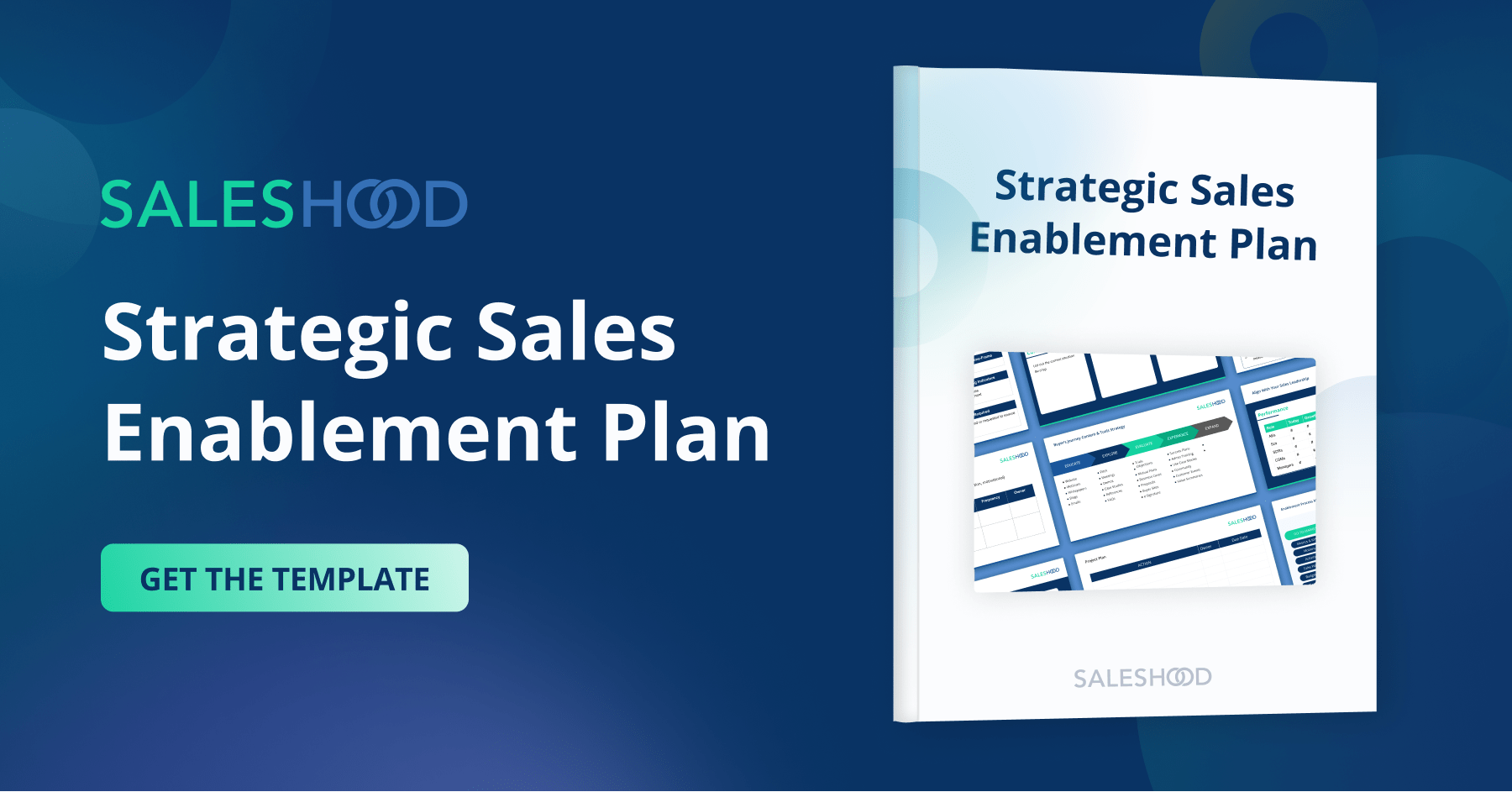What are your sales onboarding leading indicators of ramp success? One of the key success factors to ramping your sales teams faster is to coach, assess and measure sales onboarding leading indicators by role. It’s important to have a documented onboarding plan by role of what early success looks like with metrics, content and micro-assessments that are practical and measurable.
Sales Onboarding Leading Indicators & Activities
Many enablement teams measure lagging indicators like to quota. It’s a good practice to measure leading activity indicators (not just quota attainment) as early signs of success or early areas of development to provide more coaching and training. Identifying leading indicators provides front-line managers a plan for developmental areas to focus on in one-on-ones. For quota carrying sales people, some early leading indicators look like:
- Pitch and product competence
- # calls shadowed
- # and quality of outreach emails
- # calls made
- # scheduled first meetings
- Time to qualified leads
- Pipeline created (number of deals and value)
- Time to first demonstration
- Time to first mutual plan
- Time to first proposal
- Time to first deal
- Time to second deal
- Time to first month or quarter at full quota
- Onboarding and Learning Path completion and engagement
Get these right and you’ll see time to productivity improve along with employee satisfaction. It also gives managers a very prescriptive and consistent way to develop and coach their teams.
Building New Hire Onboarding Plans By Role
Rather than building a one-size fits all approach to new hire onboarding, think about creating role-based plans. There’s a time to introduce company wide introductory onboarding training. On a new employee’s first week, it’s a good practice to provide the basics of company, people, product and culture. Everyone needs a solid foundation. Deliver this content as pre-work for all employees. Here are some proven steps to build new hire onboarding plans by role:
#1: Assemble stakeholders together for a brainstorm workshop session. Have an open-mind and a beginner’s mind to update your current program.
#2: Review all the steps of the sales process and buyer’s journey. It’s more important to spend time focusing on the metrics, conversations and activity by sales process step versus debating the sales process steps.
#3: Document success metrics by step for one employee role. Get really specific and detailed. Be empathetic. Put yourself in the shoes of the employee.
#4: Create a list of conversations and activities for each step in the sales process that are tied back to the buyer’s journey for the role. A lot of time should be spent on this one.
#5: Document micro-assessments that are tied back to the buyer’s journey for the one sales role.
#6: Map out micro-assessments in a time-based sequence that reflects a practical and real view into a new hire’s first 30-60-90 days of onboarding.
#7: Share the plan with stakeholders to get buy-in from managers and executives. Have top performers in role also provide feedback.
#8: Create the coaching content, tools and assessments for the Learning Path. It’s important to note that this is step eight. There’s a lot of work to do before getting here.
#9: Measure activity and completion and correlate to performance data on an ongoing basis. Create scorecards and reports for managers and individuals to use.
#10: Repeat for all roles. Once you create your first new hire onboarding plan for one role, then you can replicate for other roles. Get one right before you scale across all roles at your company.
We have many great tools and resources to support you in your journey to build a world-class onboarding program right with micro-coaching and micro-assessments personalized by role.
James Simpson – RingCentral Success Story
Here is a great talk by James Simpson from Ring Central. He shares how Ring Central uses the SalesHood Platform to onboard his teams faster. They use measurable micro-coaching and micro-assessments to scale faster and more meaningful knowledge retention. The talk is filled with knowledge and best practices. RingCentral increased bookings by 15X and reduced ramp time by 60% by scaling how they train and certify reps on products, skills and sales process.
Sales Onboarding Blogs
Here are some additional blogs you may find useful too:



